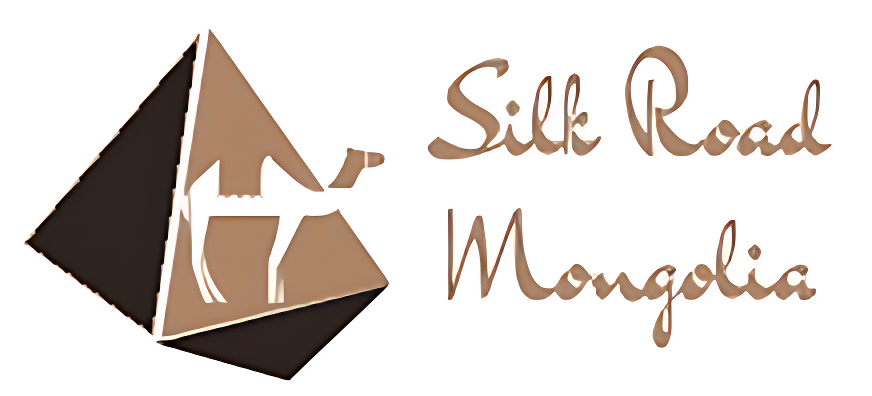Blog
Traditional Mongolian Clothing For Women

In the olden days, Mongols or the ‘Furquoi’ were the only ones who wore traditional Mongolian clothing. Men were not considered equal to women so when the Mongolians began their rule over China, they did not allow men to wear any clothes that were not stipulated by the law of the state. Thus, out of necessity, women too, developed their own set of clothes.
The traditional dresses for women in the Mongols were long, flowing gowns of a dark color, reached to the ankles and embroidered with precious stones and metals. The material used was silk but nowadays silk is not as costly as it used to be. Silk was not only affordable by all middle class people, but also by those of higher income. Even today women to buy themselves a pair of pure silk undergarments and use them to dress up for special occasions.
Women from the Mongols during traditional times were known as ‘karamans’, which in Mongolian means ‘clothes’. They wore long flowing dresses with lacing on the bodice and collar. A silk scarf was tied around the neck for extra protection. Colorful silk was used in embroidery and in embellishing the cloth. The men wore simple trousers made of coarse yarn that left their legs exposed.
When it came to style, women in the Mongols were like the women of ancient China – they didn’t have many options! They couldn’t express themselves through their clothes so they wore simple one-piece outfits. Women during that time didn’t wear much makeup, instead they drew their eyebrows and wore large eye-rings.
As the century wore on, with the addition of European traders and soldiers, women’s clothes gradually improved. Silk was still affordable for ordinary people and so more women started using silk and textile items made from it. Colorful embroidery became more prominent, along with elaborate designs. Traditional Mongol’s clothing has remained pretty much the same over the years; they’re basically just different styles and ways of putting them on.
Some traditional clothing are designed to be practical everyday clothes. For example, a peasant woman might choose to wear a long black peasant blouse under a shawl, with matching trousers and kerchief around the neck. Trousers are always black or dark brown, but sometimes come in red or gold. The oblong-shaped kerchief, tied round the neck is another traditional item. Although not worn by all women, a popular type is the ‘taor’, which is a short sleeved shirt, sometimes embroidered, which is worn by both men and women.
During the 1950’s the UN began giving assistance to the Mongols. They were being denied their right of self-determination as a nation, as they had been officially integrated into China, yet continuing to practice their traditional cultural norms. The UN decided that all individuals who wished to practice their culture should be given this right. Since then, many Mongols have been helped by the UN in preserving their culture. Many women no longer want to conform to Western culture and are happy to wear traditional clothes.
This may sound ironic, but the truth is that traditional clothing is far from outdated. In fact, many young people today would find it hard to imagine an Asian woman (let alone a Western woman) without her traditional dress. Even among younger people the meaning of traditional dress is lost on many. They live in a world where clothing is seen as a commodity, to be used and disposed of quickly, with little thought as to its true value. This is unfortunate, as traditional clothing does offer us the opportunity to appreciate what we have, rather than merely what we have lost.
